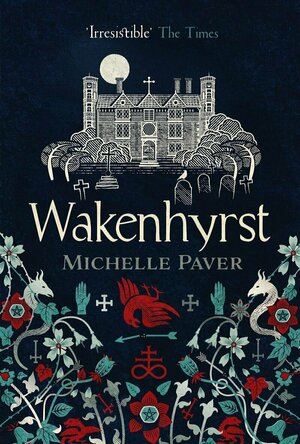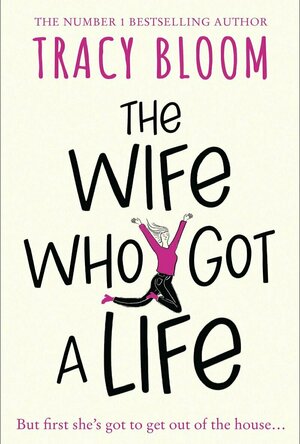
Owls
David Tipling and Jari Peltomaki
Book
Owls command attention, the quintessential emblem of darkness, they evoke strong cultural responses,...
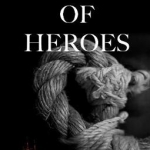
A Scion of Heroes: The World of Captain James Murray
Book
This fast-moving narrative, taking place in the Regency era, brings to life contemporary issues of...
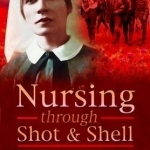
Nursing Through Shot and Shell: A Great War Nurse's Story
Christine Smyth and Vivien Newman
Book
This recently discovered memoir gives an intimate glimpse into the Great War service of Beatrice...
Matthew Krueger (10051 KP) rated the Xbox One version of Amnesia: A Machine For Pigs in Video Games
Nov 14, 2020
The game features several interlocking storylines. Some take place in the past, some in the present, and some are overtly real while some may be imagined. Set in London on New Year's Eve, 1899, the game's protagonist is Oswald Mandus, a wealthy industrialist and butcher who is implied to be the great grand-nephew of Daniel, the protagonist of Amnesia: The Dark Descent.
The game is a survival horror game played from a first-person perspective.
Players explore the environments using a lantern, with diary entries and notes providing information on the lost memory of the title character. While the core of the game remains the same between the two, some elements of The Dark Descent have been removed for A Machine for Pigs, while new elements have been added, one reason being to provide a fresh gameplay experience to players of The Dark Descent.
Most of the puzzles are based on physically interacting with the environment because of this change. The sanity mechanic of the first game has been removed, meaning that the darkness and looking at the creatures no longer cause any drawbacks. Health lost when Mandus is injured, will regenerate after a certain period of time; thereby eliminating the need to find vials of laudanum to restore health as in The Dark Descent.
The game's level design has been touted as "significantly different" from that of The Dark Descent, with larger areas and outdoor environments included. AI was also adjusted to ensure players are unable to predict enemy behavior based on their experiences with the original game.
Its a excellent survival game.
ClareR (6054 KP) rated Wakenhyrst in Books
Apr 5, 2021
There’s an underlying feeling of menace and claustrophobia running through this. Partly because of the restraints on Maud because of the fact that she’s female, young and upper class in the Edwardian period; partly because of the ever-present Fen and the mysterious atmosphere surrounding it; partly because we know from the first chapter what is going to happen - and we are heading to that end.
Themes of obsession, superstition and madness run throughout, and it’s not just the uneducated working class fenland men and women who are preoccupied with witchcraft and demonic possession.
Maud’s father Edmund, is translating and researching the book of Alice Pyett, a woman who lived four hundred years before the book is set. She was supposed to have heard the voice of God, but if you ask me, she longed for chastity because she had had a ridiculous amount of children and needed a break.
The deeper Edmund gets in to the translation, the stranger his diary entries become. ANd when he stumbles across a painting in the graveyard of his church, his behaviour becomes even more unhinged. To be honest, the descriptions were such that I thought I was seeing the demons along with him!
This book has been sat on my kindle for quite a while now, and I decided to use my Audible credit and listen to it - which was a cracking idea. The narrator, Juanita McMahon, really brings this story to life - and makes it all the more haunting.
This isn’t a ghost story, at least it didn’t seem like one all the way through, but it certainly gave me the chills! I loved it. If you like a chilling, gothic tale, this will suit you down to the ground.
ClareR (6054 KP) rated The Wife Who Got A Life in Books
May 25, 2021
Cathy the main character, is a 48 year old version of Adrian Mole. I’m sorry, but I had to go there! There are a lot of similarities: the humour, the long-suffering diary writer, the clueless and self-absorbed family. But this is most definitely written by a 48 year old woman.
Cathy is very relatable in an exaggerated way - but hey! This is fiction, not a memoir! She’s dealing with older teenagers, a husband that works away from home in the week and is utterly clueless as to what’s going on in his family’s lives, ageing parents, one sister who thinks she’s hard done by and should have everyone running around after her, and another who is detached from her parents and siblings and doesn’t understand what’s going on with them! Communication is a key skill in any family, and sadly lacking in this one.
When Cathy decides to put herself first for a change, I practically cheered out loud, and her cooking solution was genius!
I think I laughed through most of this book, had a good cry a couple of times, and by the end I was sure that Cathy Collins should have another book. I’m not sure though - I like where this ended. But I’d still read it (I’m beginning to sound like Cathy). It was a perfect balance of humour, sadness and the ridiculous - how can anyone not want more of that?!
Many thanks to The Pigeonhole for helping me out with my NetGalley reading (again!), Tracy Bloom for reading along, and Harper Collins for my e-arc through NetGalley.

LADYTIMER Period Tracker
Health & Fitness and Medical
App
Ladytimer tracks and predicts menstrual cycle days, helping women to get pregnant or avoid...

Project Manager - PMP® Certificant Quick Ref
Business and Reference
App
The "Project Manager-PMP® Certificant Quick Reference" app features a concise set of project...

Frame Artist Pro - Photo Collage Editor - Design Scrapbook by Pic Layout and FX Filters For Instagram
Lifestyle and Entertainment
App
Frame Artist helps you create amazing photo arts by combining and decorating your photos in a very...
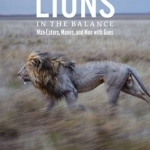
Lions in the Balance: Man-Eaters,Manes and Men with Guns
Book
From flat-topped acacia trees to great migrations of wildebeest across an edgeless expanse of grass,...

